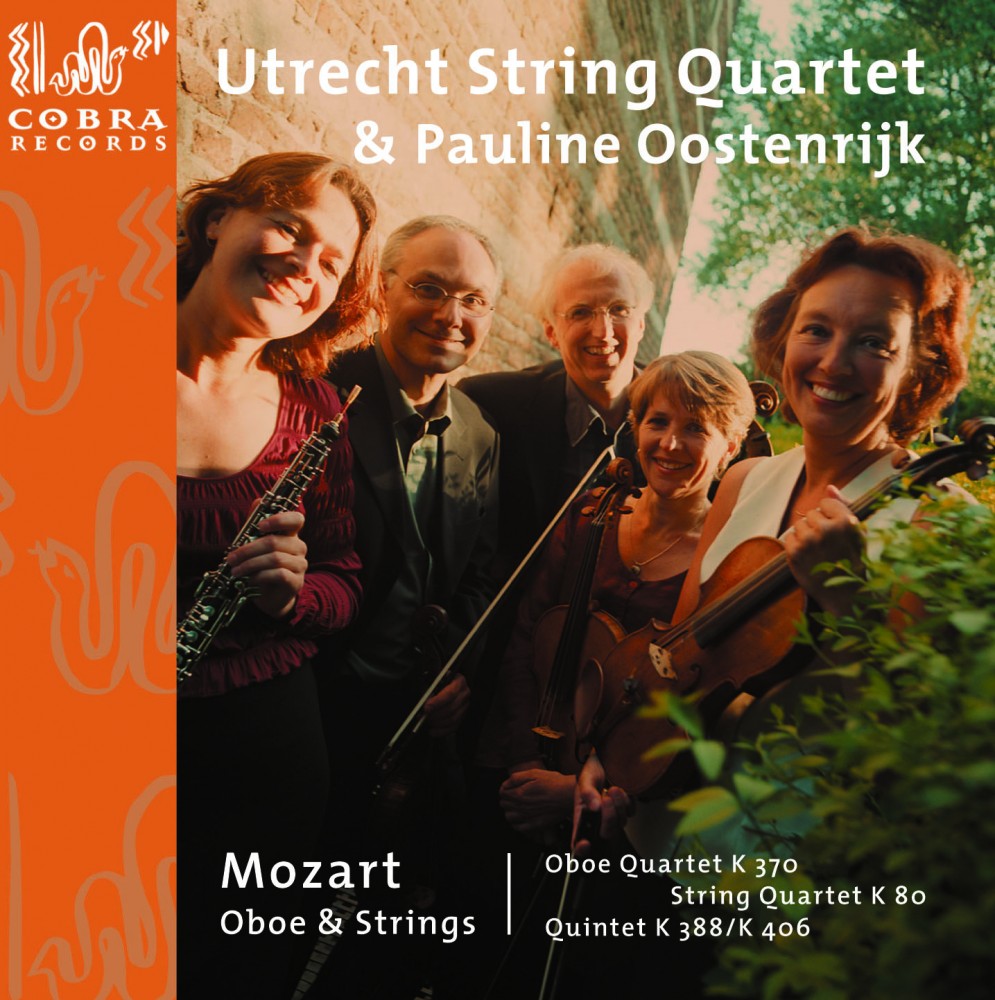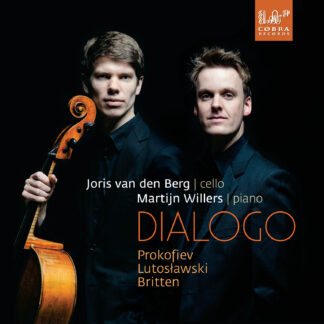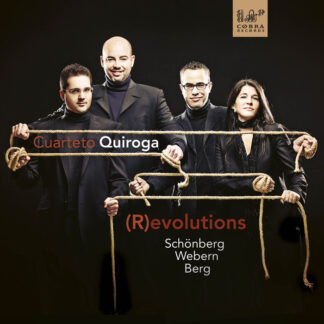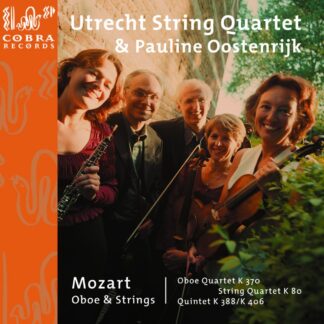Mozart Oboe & Strings
Price range: €8.99 through €12.99
Price range: €6.74 through €9.74
Description
MOZART by Utrecht String Quartet & Pauline Oostenrijk, oboe
The initial idea for this CD project came from producer Tom Peeters, bringing Pauline and the members of the USQ together to perform works by Mozart and after the performances to record these wonderful pieces for Cobra records.
After a concert tour in April/ May 2003 it finally happened.
Oboe Quartet K.370
Wolfgang Amadeus Mozart had already written 15 string quartets and had entered a ten-year period during which he did not write for that constellation. In that time he composed four quartets for flute and strings and the Oboe Quartet K. 370. The oboe quartet was written in Munich in 1781, whilst putting the final touches to his opera ‘Idomeneo’.
The strongly concertante character gives the oboist a clearly dominating role, in the slow movement the solo instrument is even given a short cadenza.
The virtuosic finale brings rhythmic surprise when Mozart switches from the 6/8 bar to common time in the solo voice, while the strings maintain the original rhythm. The quartet is very much written in the spirit of a Divertimento.
String Quartet K.80
We have been playing the String Quartet in G- major K.80 for some time and we are astonished by Mozart’s first quartet every time we perform it.
The first three movements were composed in one day in the little town of Lodi where the 14-year old boy stayed overnight during a tour of Italy with his father. The work must have been of importance to him because he did not just write day and year but also the time: “a Lodi. 1770. le 15 Marzo alle 7. di sera”. (The concern. last movement was added later)
The quartet shows that Mozart was very much inspired by the style of the Italian composer G.B. Sammartini who was a leading musical figure in Milan at the time.
The concertising character of the two interacting violin parts, the most charming mood of the opening ‘Andante’ and the elegant gestures of the ‘Rondeau’ are irresistible.
Quintet for Oboe and Strings K.406/K.388
Mozart was a master of arranging and transcribing, he himself arranged his Serenade for wind octet K. 388 (written in 1782) for string quintet (K.406) in 1788. The reasons for arranging were not always of an artistic nature but very often results of financial necessity. Our admiration for one of his greatest c – minor compositions resulted in the decision to make our “own” arrangement for oboe and string quartet.
Given the nature of a wind instrument put into the texture of a string ensemble the balance, different sound production and articulation had to be carefully examined.
In the ongoing rehearsal and concert process we viewed and executed different possibilities of alteration. What seemed to
work in a rehearsal did not always work out in a concert.
“Our” arrangement is based on both K.388 as well as K.406. When reducing a score from eight instruments to five, some compromises have to be made. We worked out the arrangement by imagining the sound colours of particular phrases played by particular instruments.
A phrase played by a bassoon could be played by a cello or, in some registers, a viola.
In the case of this oboe quintet version the oboe does not have such an exposed role as in the oboe quartet K.377, but is a more integrated part of the ensemble. We had to change the position of a few chords as well because the sound of the oboe did not blend as easily with the strings so intonation becoming more of a
The unique operatic line that guides performers and listeners through the quintet displays the multiple characters found also in his operas and we can almost grasp the different personalities.
The contrast between the c-minor opening of the first movement and the C-major ending of the last movement is unbelievable.
This quintet, certainly the centrepiece of this recording, could be called an opera without words.
So you can imagine that the work on this project was as exciting as it can get!
Sven Arne Tepl
Additional information
| Format | |
|---|---|
| Type | |
| Label |





